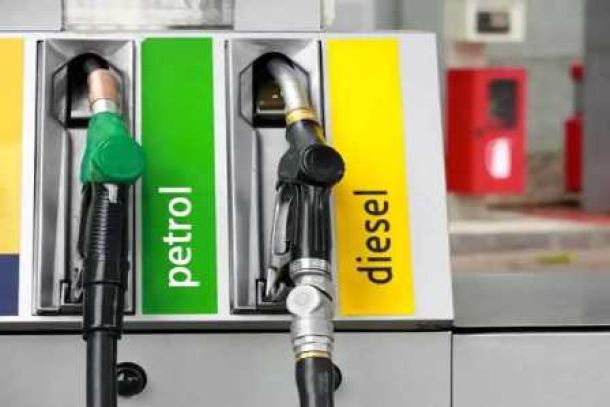Low food prices to ease pain
The decline in food inflation may be offset by higher meat and petrol prices. Food prices are expected to drop despite factory prices surpassing inflation expectations in December 2016.
BNP Paribas economist Jeffrey Schultz said headline producer price inflation was expected to ease in the first quarter of 2017 and drop further in the second half of the year.
Final manufactured goods inflation rose 7.1% in December 2016, fuelled by higher food inflation, beverages and tobacco products, Statistics SA data showed on Thursday.
The high food inflation has been attributed to drought. The market had expected producer inflation to remain steady at 6.9%. Higher prices for metals, machinery and computing equipment, as well as coke, rubber and plastic products, contributed to the high inflation on an annual comparison.
Producer inflation was 6.9% in November.
The 0.2 percentage point difference was attributable to nonmetallic mineral products and transport equipment.
Manufactured food price growth remained elevated in December at 12.2%, but the price pressure reduced slightly from a peak of 13.4% in August 2016.
Investec economist Kamilla Kaplan said a decline in manufacturing food price growth was the result of easing inflationary pressures in the supply chain at the agricultural level.
MMI Investments and Savings economist Sanisha Packirisamy said: "[At the producer price level], we have seen indication of crop inflation falling in response to higher rainfall and better planting conditions.
"The rate of decline in food inflation caused by lower maize prices is likely to be offset by the expected rise in meat prices as farmers rebuild their herds."
Reserve Bank governor Lesetja Kganyago said food price disinflation may be offset by higher fuel prices.
Wandile Sihlobo, head of economic and agribusiness intelligence at the Agricultural Business Chamber, highlighted another risk: unconfirmed reports of armyworms in parts of Limpopo, Free State and the North West.
Food prices constitute 25.2% of the PPI basket.
Nedbank economists Busisiwe Radebe and Dennis Dykes also said producer and consumer inflation were forecast to slow down in 2016.
Schultz said: "A stronger rand in recent months, coupled with another rebasing and reweighting of the PPI basket from Statistics SA next month, should also contribute to a more palatable outlook for factory gate prices in 2017."
News Category
- International retailers
- On the move
- Awards and achievements
- Legislation
- Wine and liquor
- Africa
- Going green
- Supplier news
- Research tools
- Retailer trading results
- Supply chain
- Innovation and technology
- Economic factors
- Crime and security
- Store Openings
- Marketing and Promotions
- Social Responsibility
- Brand Press Office
Related Articles

Shoprite increases executive pay as consumers t...

Unions slam SA retailers for ‘profiteering’ as ...

Major Petrol Price Changes on the Horizon

Retailers not cutting food prices fast enough -...


